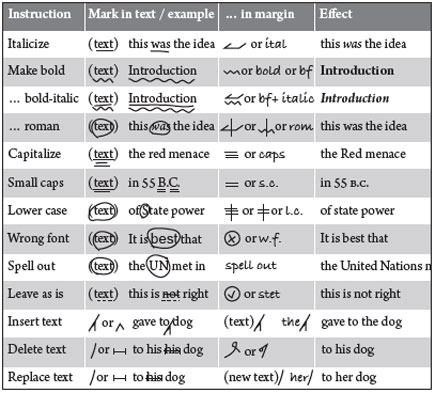Educational Search Engines
Educational search engines come in great hand when working on projects, or any activity that may require credible sources. Here are eight useful search engines for a variety of educational activities.
Wolfram Alpha is a great all-around search engine. Bright colors and a simple interface make the site user friendly; while features such as the problem generator assist with homework in subjects such as mathematics.
iSeek provides users with easy-to-access peer-edited content. While the site appears slightly outdated, the information is easy to find and reliable.
World Cat is not as user-friendly as Wolfram Alpha, however, does provide with a large selection of books from various virtual libraries. World Cat users have access to ebooks, audiobooks, books, DVDs, and CDs with a simple keyword entry.
Jurn has an incredibly user-friendly interface powered by Google Custom Search. The website is welcoming and provides users to custom access in Arts, Humanities, Business, Ecology, Science, and Biomedical subjects. Materials found include peer-reviewed articles, chapters, and theses.
While not very user-friendly, Math Guide gives teachers and students resources to the multiple categories of mathematics. This includes lessons, test prep, and calculators.
History Buff gives students and teachers access to lessons and resources for every age of history; in addition to state facts for each of the 50 United States. This site is credible and fairly easy to use.
RefSeek is similar to sites #1 and #2, as it is also a peer-review search site. The site is very easy to use and has a clean appearance. An additional feature of RefSeek is the option to click on a "suggested item" to learn about. This regenerates each time the page is refreshed, so there is always the opportunity to learn about a new topic.

Science research is a great site for finding any information that falls into the broad field of science. The site is clean and simple, giving it an easy to read appearance.






